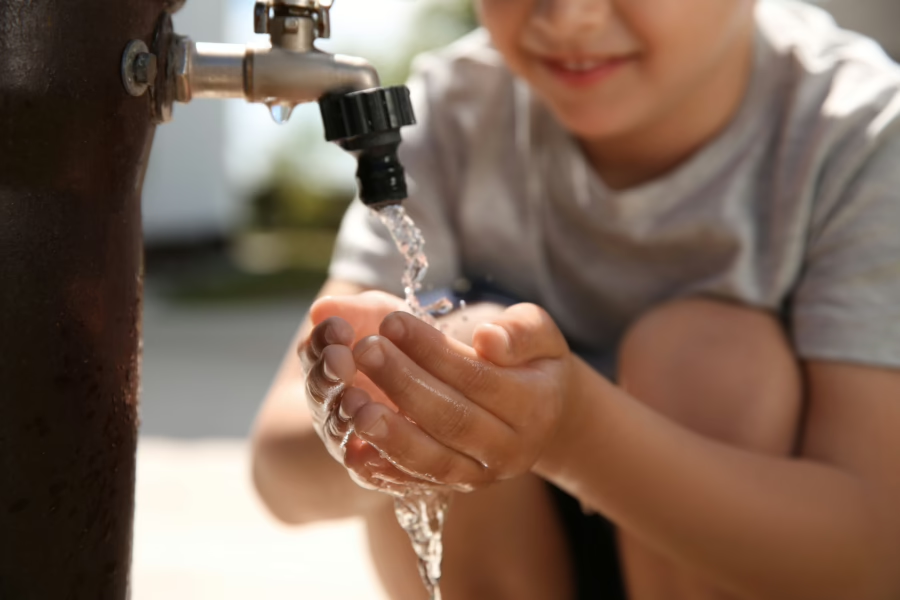The Wall Street Journal recently published a story shining a light on the connection between aging water and wastewater systems and the loss of those services in hurricane-affected communities. The article, and many others like it, come as we observe Imagine a Day Without Water on October 12. Imagine a Day Without Water provides a moment to recognize the value of the pipes and treatment plants that are so essential to our everyday lives.
AWWA’s 2017 State of the Water Industry Report suggests that renewing our aging water and wastewater infrastructure is the number one concern of water utility workers in North America. And according to AWWA’s Buried No Longer report (2012), repairing and expanding US drinking water infrastructure would cost at least $1 trillion over 20 years. That figure does not even include the cost of addressing wastewater infrastructure, which is thought to be similar.
There is growing consensus that our water infrastructure is in need of investment, and the price tag of repair will be high. But there are some signs of progress.
There is great promise in the new Water Infrastructure Finance and Innovation Act (WIFIA), a program administered through the US Environmental Protection Agency that lowers the cost of large water infrastructure projects by providing low-interest, long-term federal loans to communities. By lowering the cost of loans, WIFIA ultimately lowers consumer water bills.
Twelve projects in nine US states were recently selected to apply for the first WIFIA loans, seeking over $2 billion to help finance a total of over $5 billion in water infrastructure investments. These investments will support drinking water, wastewater, stormwater and water recycling projects to benefit large and small communities around the country.
As recent events have demonstrated, our water and wastewater systems are essential to our everyday lives. Unfortunately, we seldom recognize this fact until disasters shut off the tap or overwhelm our wastewater treatment plants. Imagine a Day Without Water is a perfect opportunity to reflect on the value of our water and water systems outside the eye of the storm.


